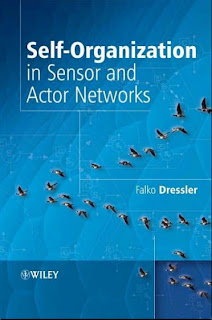Security and risk management are principally concerned with the protection and conservation of corporate assets and resources. The task of protection continues to be an increasingly complex one in a time when technology is creating new products (and thus risk) at an explosive rate. Add this to the crime rate -- now aggravated by domestic and international terrorism -- and the importance of risk analysis and evaluation to design proper protection becomes self-evident.
With an awareness of the growing threat of global terrorism, the third edition of RISK ANALYSIS AND THE SECURITY SURVEY has been completely updated. It includes two new chapters covering disaster recover planning, mitigation, and the evolving methodologies that are a result of the Homeland Security Act.
The following topics will also be added and covered among the various chapters: contingency planning, testing of disaster response plan, managing during a crisis, maintaining and testing a response plan (team drills, etc.), bomb threats and suicide bombings, and prevention techniques to better prepare business for new post 9/11 security risks.
- Covers Business Impact Analysis (BIA), Project Planning, Data Collection, Data Analysis and Report of Findings, and Prediction of Criminal Behavior
- Presents updated statistical information and practical case examples
- Helps professionals and students produce more effective results-oriented security surveys
The following topics will also be added and covered among the various chapters: contingency planning, testing of disaster response plan, managing during a crisis, maintaining and testing a response plan (team drills, etc.), bomb threats and suicide bombings, and prevention techniques to better prepare business for new post 9/11 security risks.
- Covers Business Impact Analysis (BIA), Project Planning, Data Collection, Data Analysis and Report of Findings, and Prediction of Criminal Behavior
- Presents updated statistical information and practical case examples
- Helps professionals and students produce more effective results-oriented security surveys





